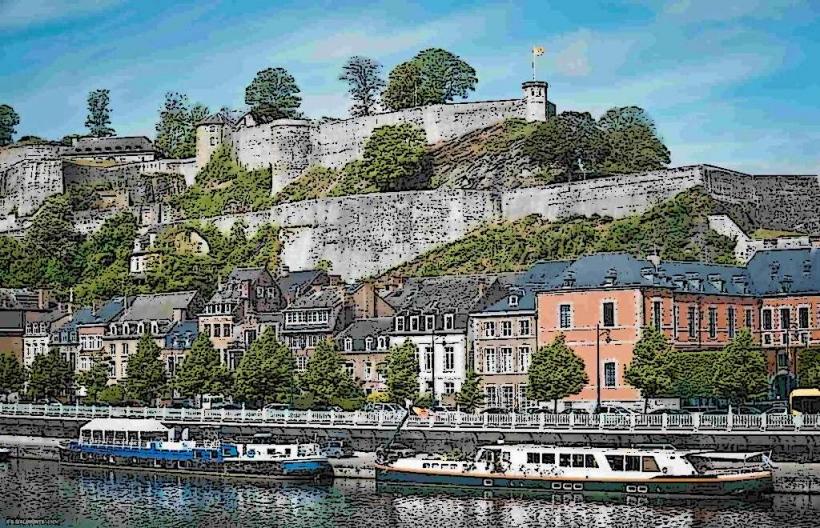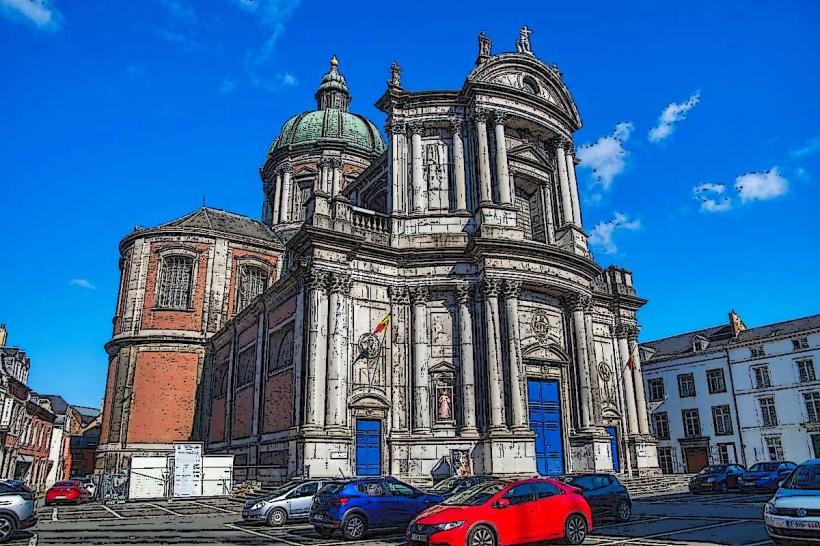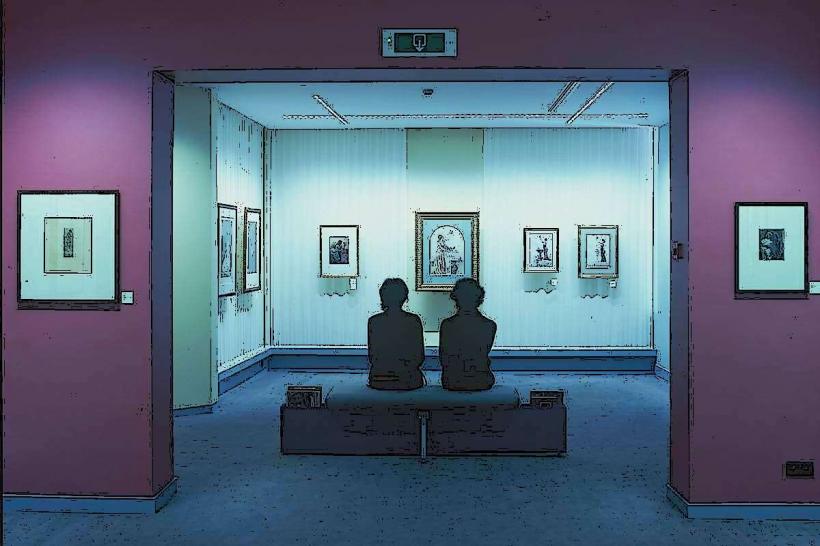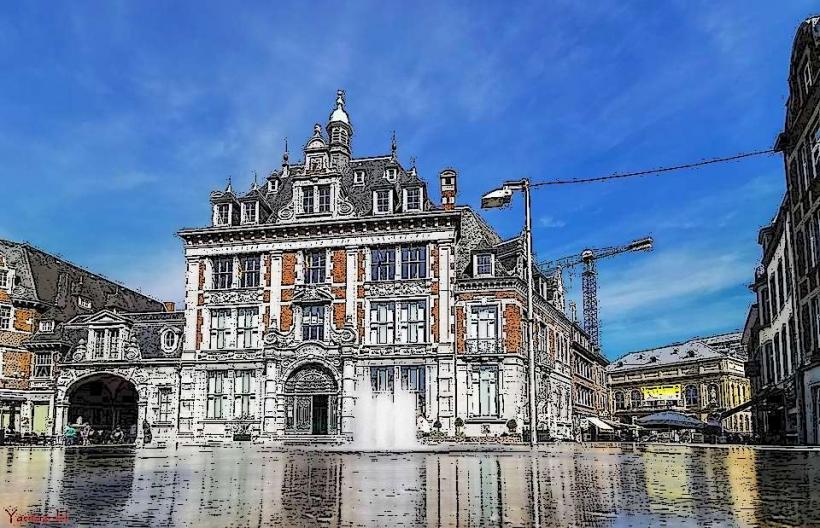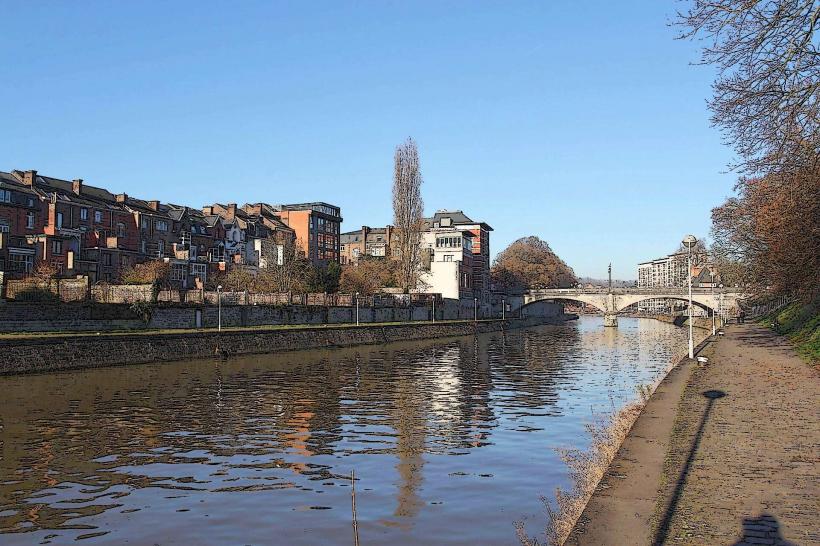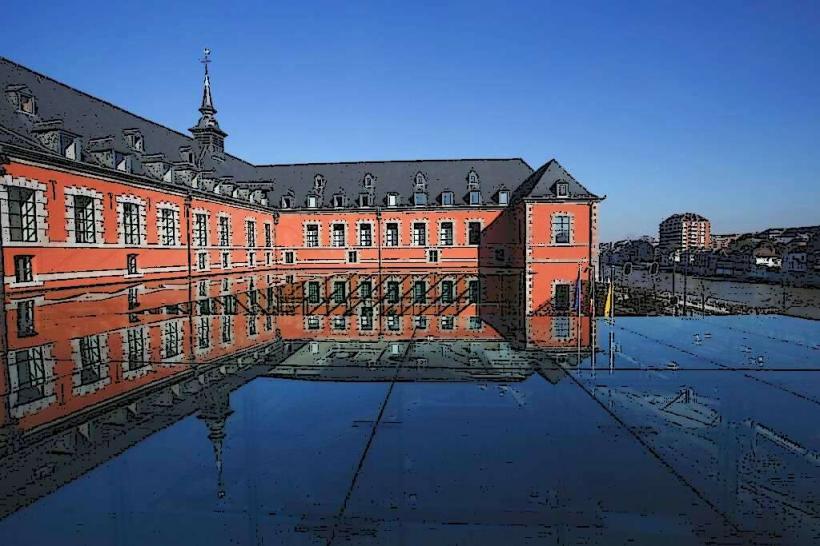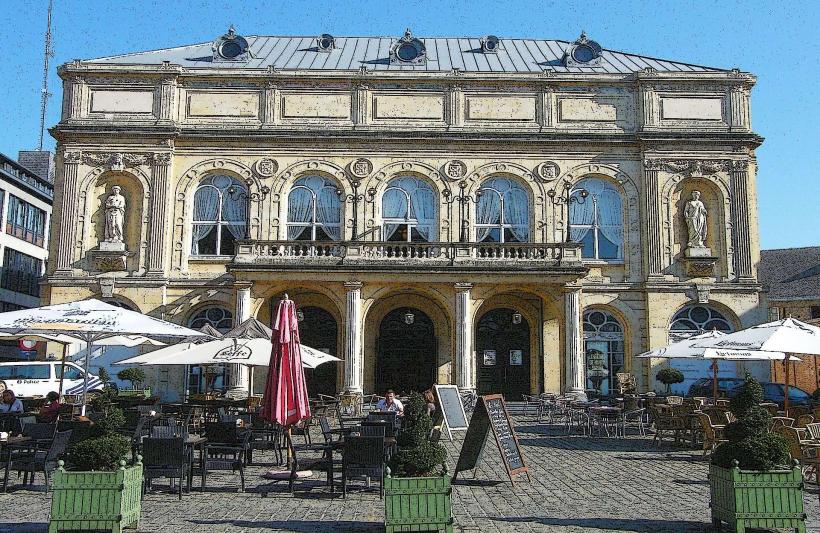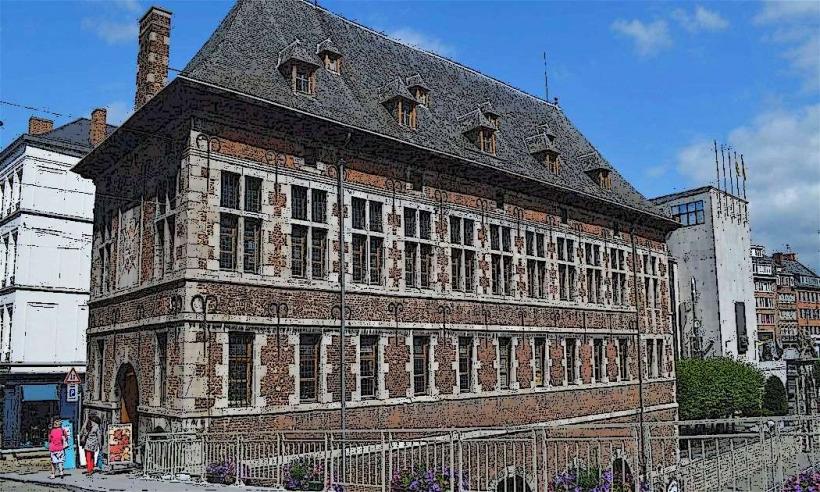Information
Landmark: Museum of Art and HistoryCity: Namur
Country: Belgium
Continent: Europe
The Museum of Art and History (Musée d'Art et d'Histoire) in Namur, Belgium, is an important cultural institution that showcases a wide range of art, history, and archaeological collections. The museum provides insights into the region’s past, with an emphasis on artistic, historical, and cultural heritage.
History
Founding: The Museum of Art and History was established in 1836, making it one of the oldest museums in Namur. It was created to house and display collections that spanned various periods of history, from ancient to modern times, and to promote a deeper understanding of Namur’s cultural evolution.
Location: The museum is located in a prominent area of Namur, near the Old Town, making it easily accessible to both residents and visitors. It is housed in a historic building that itself is a part of the city’s architectural heritage.
Collections
The museum’s collections are divided into several categories, covering various periods and themes, with an emphasis on local history, fine arts, and archaeology.
Fine Arts
- The museum houses an impressive collection of paintings, sculptures, and decorative arts. These works span several periods, from the Middle Ages to contemporary art, with a particular focus on the Baroque period and local Walloon artists.
- Notable paintings include works by artists from the Flemish and Walloon schools, as well as pieces that depict historical events in Namur and the surrounding areas. The museum's art collection also includes several important religious paintings from the Renaissance and Baroque periods, reflecting the region's Catholic heritage.
Archaeology
- The museum’s archaeological collection showcases a wealth of artifacts from different periods in history, particularly from Roman, Medieval, and Modern times. This includes tools, pottery, jewelry, and other items that offer insight into the lives of people who lived in the region over the centuries.
- A key feature of the museum’s archaeological section is its focus on Namur's Roman past, with numerous finds from ancient Namurcum, the Roman settlement that preceded modern Namur. The museum displays coins, statues, and inscriptions that reflect the importance of the region during the Roman era.
Ethnography and Local History
- The museum also has collections that explore the local history and cultural heritage of Namur and the surrounding area. This includes displays on traditional crafts, regional customs, and the social history of the city. Artifacts related to industrial development, including early textiles, tools, and farming implements, give visitors a glimpse into the lives of the people who helped shape Namur’s economy and identity over time.
- There are also historical maps, costumes, and furniture from different periods that offer a visual representation of daily life and material culture in the region.
Medieval and Renaissance Artifacts
- The museum houses a significant number of medieval and Renaissance artifacts, including religious objects and altarpieces. These items reflect the deep religious traditions of the region, as well as the influence of Christianity in shaping the art and culture of Namur.
Key Exhibits and Highlights
Baroque and Flemish Art: The museum is renowned for its Baroque art collection, with several paintings and sculptures from the period that highlight the religious and social values of the time. Works by Flemish and Walloon artists from the 17th and 18th centuries are displayed, offering insight into the Baroque artistic tradition.
Roman Artifacts: Among the museum's most notable archaeological finds are Roman statues, coins, and inscriptions discovered in the Namur region, providing evidence of the area’s Roman settlement. There is also a focus on the Roman-era architecture and urban planning of Namurcum.
Religious Art: The museum has a rich collection of religious art, including paintings, sculptures, and liturgical objects from the Middle Ages and Renaissance periods. These works showcase the religious fervor of the region and the role of the Church in shaping the visual arts.
Sculpture Collection: The museum features an extensive collection of sculptures, from classical to modern works. The sculptural arts in the museum reflect different artistic styles over the centuries, with works that represent mythological themes, religious figures, and local traditions.
Educational and Cultural Role
Public Engagement: The Museum of Art and History plays an essential role in cultural education, offering programs and workshops for visitors of all ages. Educational outreach initiatives help students and residents connect with the rich history of Namur and its cultural legacy.
Temporary Exhibitions: In addition to its permanent collections, the museum frequently hosts temporary exhibitions that explore a variety of themes, ranging from local history to international art movements. These exhibitions are often curated in collaboration with other museums and institutions, allowing the museum to offer diverse and dynamic programming.
Workshops and Activities: The museum organizes various artistic workshops and educational events that engage the public in both the artistic and historical aspects of the collections. This includes special events aimed at children, families, and schools.
Research and Conservation: As part of its mission, the museum is also involved in the research, conservation, and preservation of its collections. Its curators work with historians and archaeologists to ensure that the artifacts are properly cared for and preserved for future generations.
Conclusion
The Museum of Art and History in Namur is a significant cultural institution that highlights the artistic, historical, and archaeological heritage of the region. Its diverse collections offer visitors an opportunity to explore the rich history of Namur, from the ancient Roman period to modern times. With its impressive array of art, artifacts, and educational programs, the museum plays a key role in preserving the cultural identity of Namur and contributing to the broader understanding of Belgium’s history and artistic legacy.

